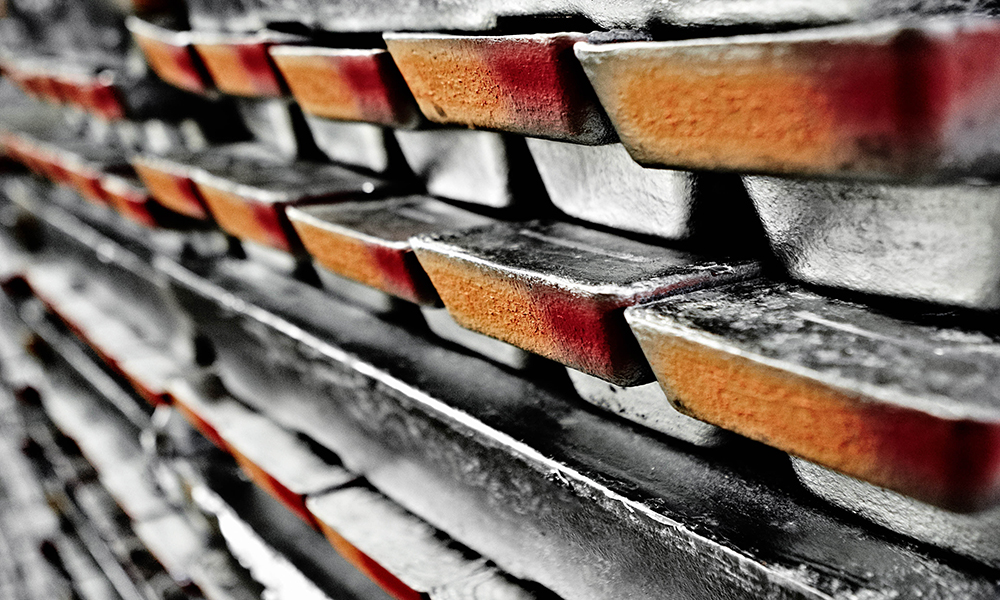China’s lead surplus to offset shortages in US and Europe

Lead surpluses in top consumer China will cancel out shortages of the battery material in Europe and the United States, effectively leaving the global market in balance this year.
Regional imbalances can be seen in the physical market premiums that consumers pay above the lead price on the London Metal Exchange currently around $2,100 a tonne.
Lead premiums in China’s bonded warehouses have been around $130 a tonne since 2020, according to Shanghai Metals Market.
US premiums for locally recycled lead were $364-$452 a tonne at end-May from $204-$237 a tonne in January 2021, according to Wood Mackenzie analyst Farid Ahmed.
For 99.99% purity primary lead, premiums in Europe ranged between 170-195 euros a tonne at end-May from 125-140 euros a tonne in January 2021.
“Globally, the refined lead market is quite well balanced,” Ahmed said, adding that he expects a global surplus of 78,000 tonnes this year.
“Demand has been super-hot in North America and Europe for almost two years and is only now starting to show indications of easing. But it remains tight with supply struggling to keep up with demand.”
Recycled lead accounts for around 65% of global supplies estimated at around 13 million tonnes this year. About 80% of this will be used by manufacturers of lead-acid batteries used to power goods such as autos and fork lift trucks.
China accounts for about 40% of global consumption
CRU analyst Neil Hawkes expects global consumption this year to rise 0.7% from 4% last year, mainly due to shrinking demand in China of around 1.3%.
The problem for US and European consumers is that gridlocked transport networks mean not all the surplus in China can be quickly exported.
Some of China’s surplus is stored in warehouses monitored by the Shanghai Futures Exchange where stocks at around 87,235 tonnes though down from recent peaks are higher than normal.
However, inventories in LME registered warehouses at 38,850 tonnes are near their lowest since 2007 and less than 10% of that total is stored in Europe.
For Europe part of the problem is less lead coming from Russia after it invaded Ukraine, analysts say, and the closure of the 155,000-tonne Stolberg smelter in Germany.
“Last year, Russia exported about 110,000 tonnes of lead and about 50% went to Europe,” Hawkes said.
(By Pratima Desai; Editing by David Evans)
More News
{{ commodity.name }}
{{ post.title }}
{{ post.date }}



Comments